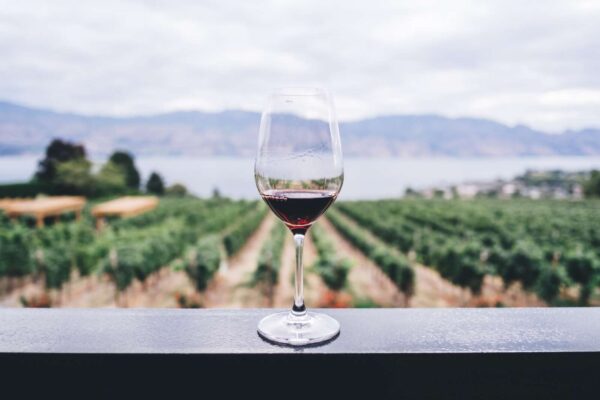This column is written by the team at Arrowine & Cheese (4508 Cherry Hill Road). Sign up for the email newsletter and receive exclusive discounts and offers. Order from Arrowine’s expanding online store for curbside pickup or in-store shopping. Have a question? Email thenose@
What if, during your life, you could only practice your chosen profession 45 times? Well, that’s winemaking! Think about it: 45 times, that’s it. And you have to get it right each time, no matter the circumstances. Mother Nature is rarely consistent, perhaps never. Every year a winemaker has to make an enormous amount of decisions based on what the vintage gives them to work with.
Let me explain: we discussed the notion of “terroir” before. A “successful” wine must transfer or speak of the place it is from; that’s the whole enchilada, nothing less, or why drink wine in the first place?
We choose a particular varietal, a Pinot Noir or Sauvignon Blanc, from a “specific place” with an expectation of what it will taste like and how it will work with a particular food or moment. But how do we form these expectations?

The winemaker’s job is to seamlessly get the land’s soul into the bottle without screwing it up. And, to capture not just the particular varietal or blend but to bottle “the vintage,” to pleasantly give you the flavors or expression of that particular growing season, that is the Art, my friends! And great winemakers embrace this challenge.
They know they are working with a product that doesn’t lend itself well to intervention, manipulation, or strongarm tactics. As a winemaker, you listen to the grapes, they don’t listen to you. No matter what you could do to change the nature of the fruit (technology today allows for this, lipstick on a pig), a cosmetic. Trying to change the soul of the wine is a fool’s errand.
I took 25 clients on a river cruise five years ago. I planned each visit, and when I sat back and looked at each winemaker I selected to visit, women ran 80% of them! Some of you might disagree, but I believe women are better suited for making wine. Women seem to approach winemaking from a more cerebral, nurturing perspective. They are more apt to deal with the realities of the vintage, to let the vintage speak, allowing the wine to be what it is intrinsically, and not forcing it to do or taste as they “think” it should. Perhaps it has something to do with maternal instincts. I’m not a psychologist, so I can only guess.
Now for the nitty-gritty, decisions, decisions. It all starts with picking the harvest date. The hard and fast rule is harvest takes place 100 days after flowering. But it’s not that easy; here’s why; when I started in this business 45-plus years ago, “Brix” were everything. People harvest according to the sugar content of the fruit. Winemakers squished a grape, placed the juice on a refractometer, and read the sugar content of the juice. That told you the potential alcohol level, and when you hit “your number,” you picked. Today winemakers get more up-close and personal. They go into the vineyards weeks before the harvest and observe.
They examine the stalks. Are they ripe, woody (overripe), shriveled, or green and healthy? Then they look at the all-important skins (healthy mature skins are everything in making red wine, especially). Grape skins are the primary source of tannins, allowing the wine to age gracefully. The all-important skins also contain phenols or compounds that enable the wine to develop complex aromas. Are the skins ripe and not bitter when you bite into them? Are they fragile, easily broken, damaged, or sunburned?
Then comes tasting the entire berry, not just for sweetness but maturity; the skins, the flesh, and the pips. Then you are ready to go, or maybe not? More on that next week!
Cheers,
Doug


